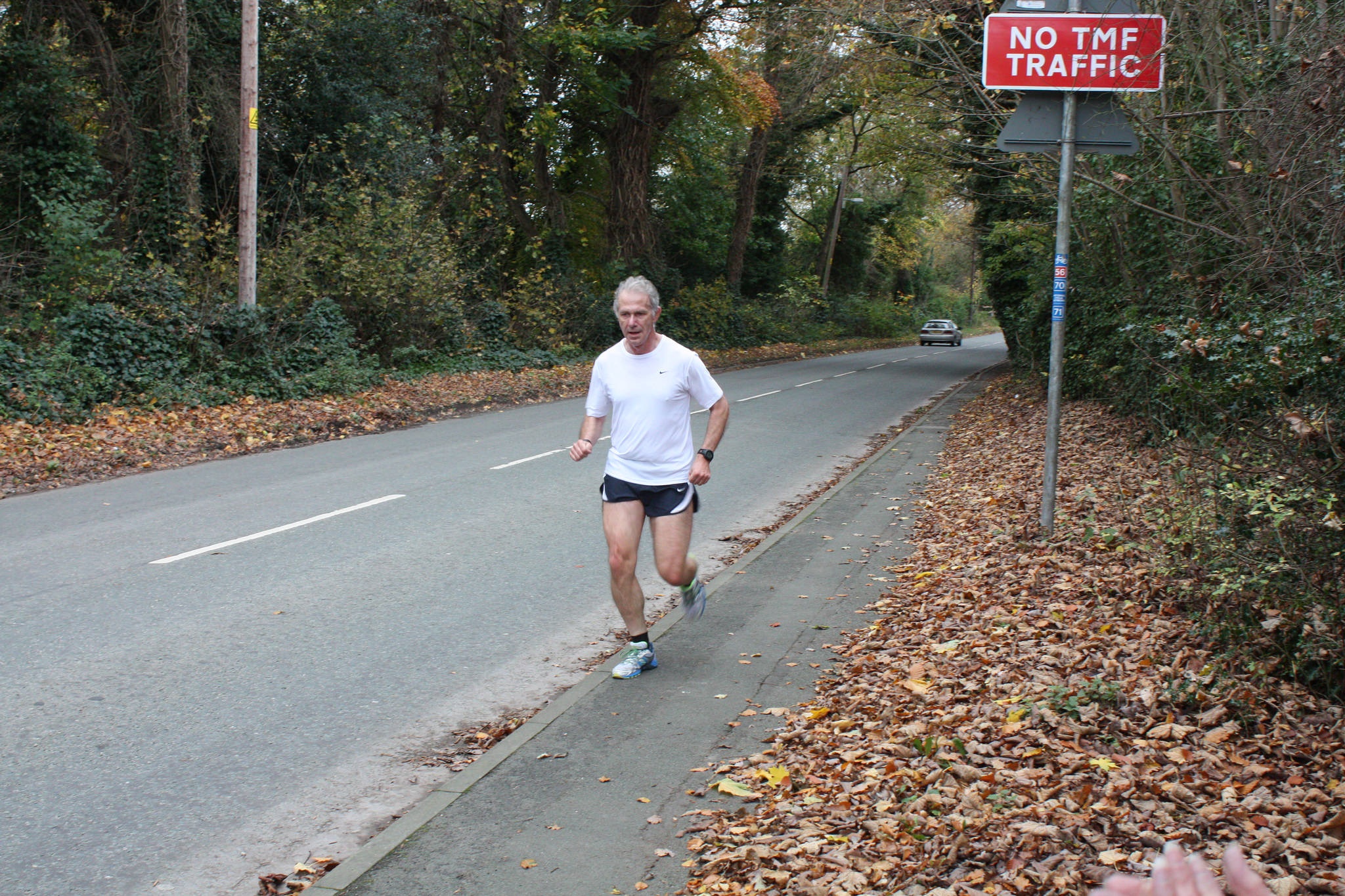
Falls are leading cause of injuries and death among older adults, but there are ways to prevent them. The US Preventive Services Task Force recently released new guidelines and recommendations to prevent falls in older adults.
Falling is one of the greatest fears among aging adults and their families. Many grown children of older adults fear this so much that they hope their aging parents will live in a senior community where they can get help immediately when they need it. The fear is absolutely normal, considering one in four Americans over the age of 65 falls every year. The majority of these falls result in emergency room visits and end in injury and surgery. However, simply moving into a senior community won’t prevent a fall from happening. The US Preventive Services Task Force (USPSTF) recently released new guidelines on how to prevent falls, that even apply to community-dwelling older adults.
The number one recommendation: exercise and physical therapy to prevent falls in seniors over the age of 65.
Injuries Resulting From Falls
Every year, the emergency room sees over 2 million older adults for injuries related to falls. Many times, falling can result in hospitalization for head injuries and fractures. Injuries that are the result of falling include:
- Broken bones
- Head injuries
- Traumatic brain injuries
- Hip fractures
In fact, falls are the most common cause of traumatic brain injuries in older adults as well as hip fractures. Although falling does not necessarily mean you’ll get injured, the likelihood of injury is high as one out of every five falls results in some form of injury or ER visit. Falling is a common fear among aging adults and their adult children. However, being a certain age does not necessarily mean you’ll fall. There are many conditions that increase your risk factor for falling:
- Lower body weakness
- Walking and balance problems
- Certain medications
- Vision
Exercise, particularly with the help of a physical therapist, can help lower the risk of falling for two of these factors: muscle weakness and balance difficulties.
How Does Exercise Prevent Falls In Older Adults?
Exercise is one of the key ways of healthy aging, but it can also prevent falls for those over the age of 65. The CDC recommends at least 150 minutes a week of moderate exercise for older adults. However, although exercis, in general,l is healthy, there are specific exercises that help lower the risk of falling as you age.
The USPSTF found that exercises that focus on balance, strength, and mobility are the best types of exercises for preventing falling.
- Balance training can help with walking and standing difficulties, making it easier to move around. While instability and balance issues can cause trips and missteps, focusing on balance and stability will help mitigate accidental falling.
- Strength and resistance training are beneficial for keeping muscles strong and working efficiently. When muscles are weak, they have a hard time supporting movement and mobility. Like instability, difficulty moving can lead to falling.
- Mobility training combines balance, strength, and proper movement to ensure everything is working as it should. Mobility training can help with walking, climbing stairs, and even getting in and out of chairs.
Each training and what exercises to do should be tailored to each individual, however. Because each person is different in risk factors, specific exercises targeted for those weaknesses will help lower the fall risk. While someone may have difficulty balancing, another person may have muscle weakness and imbalance that could contribute to the risk of falling. This is why it’s so important to have help and an evaluation to determine your risk factors. Finding the weaknesses and risk factors and then building an exercise program around that will help prevent falls and keep you healthy in age.


